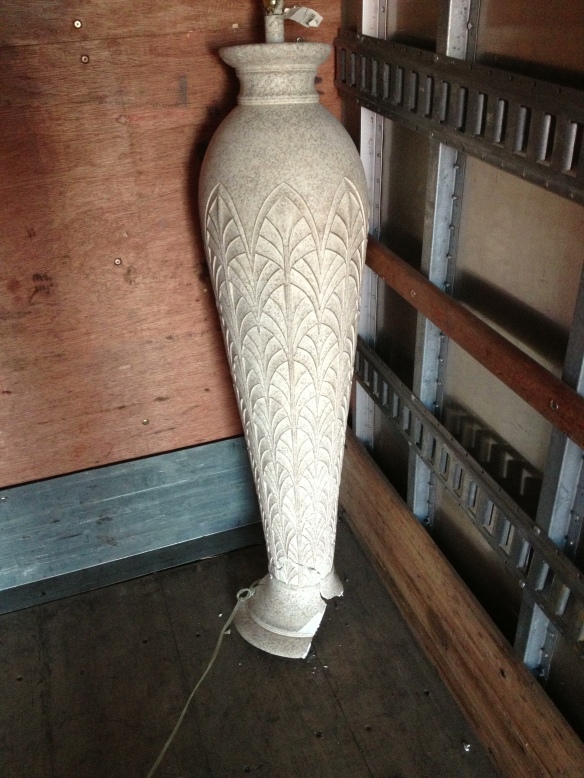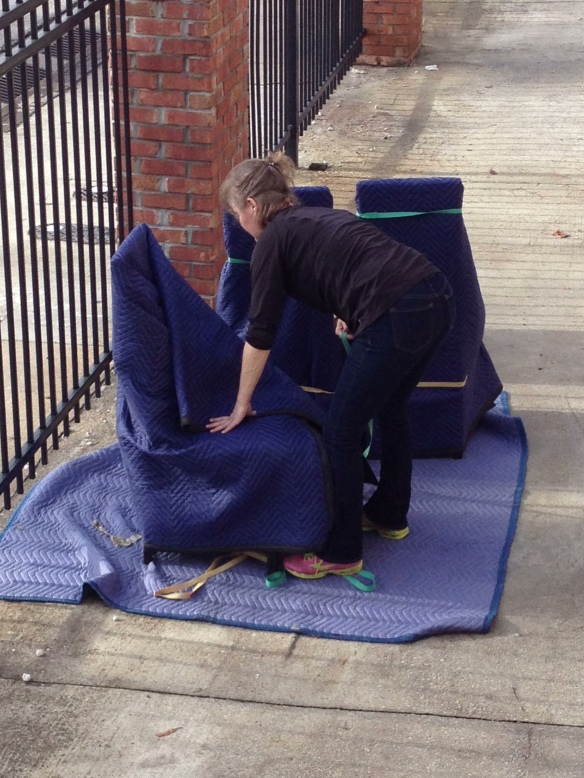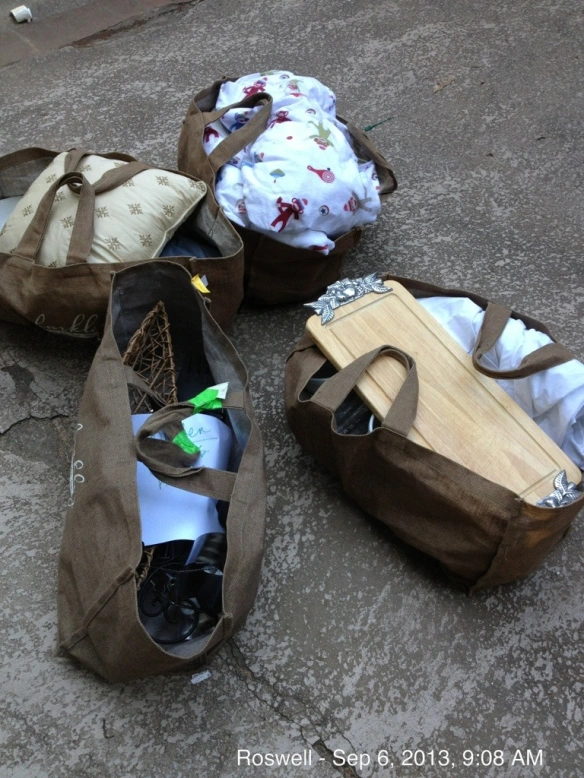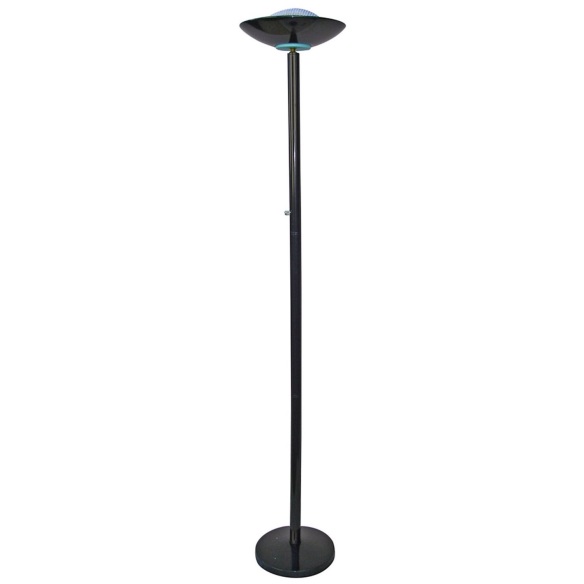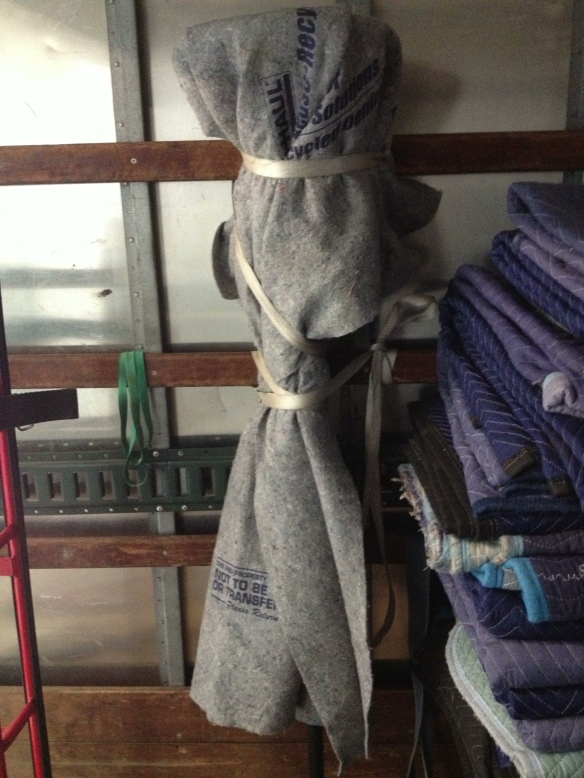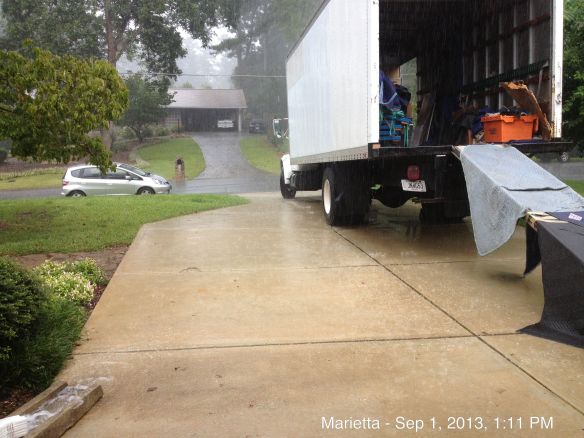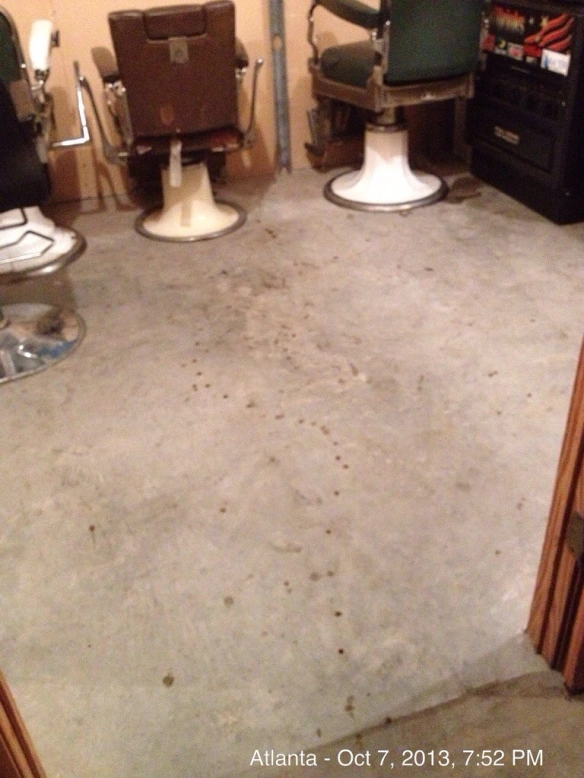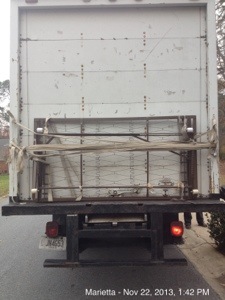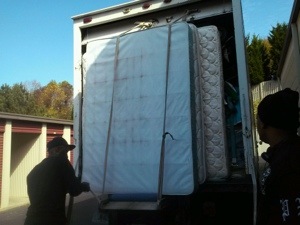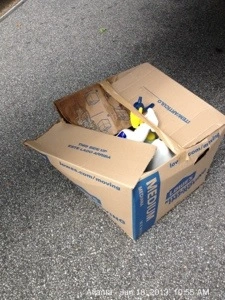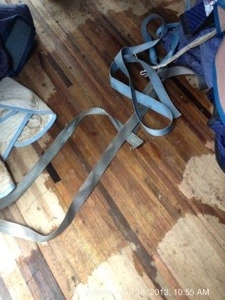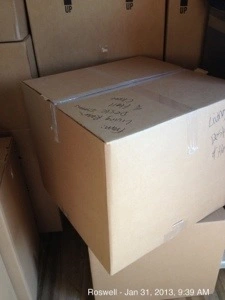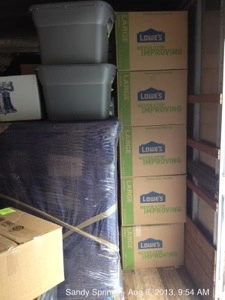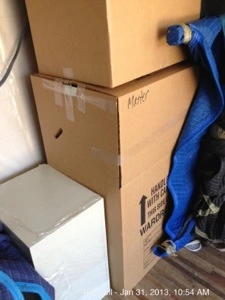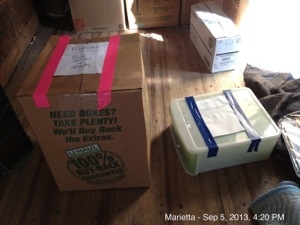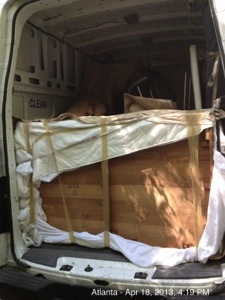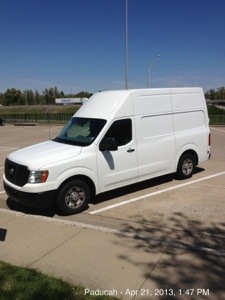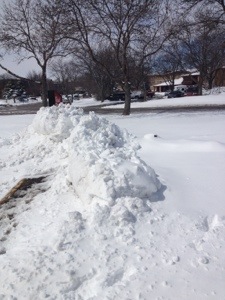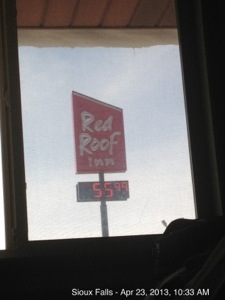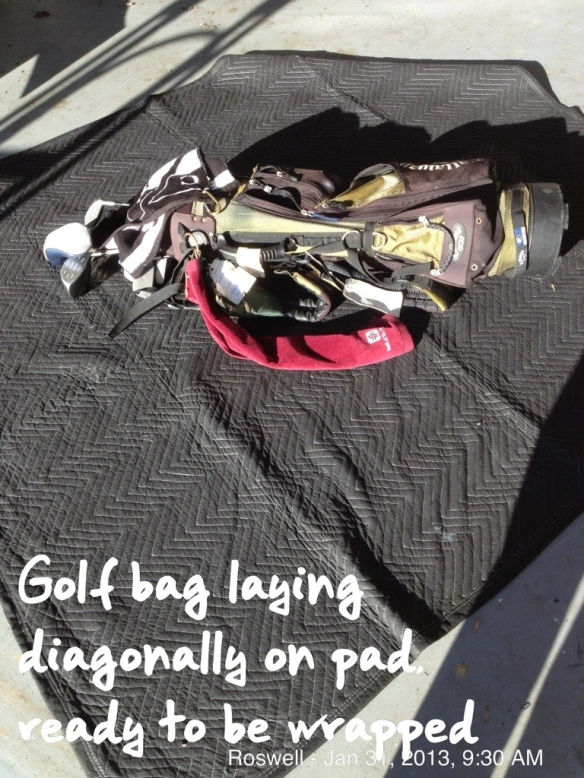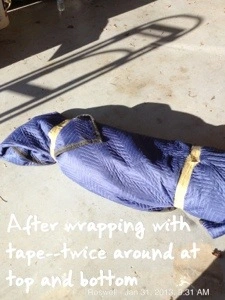A customer had hired another mover to box-pack her items in New York, and transport—them to a storage unit in Atlanta, Georgia. We moved the items from the storage unit to her new apartment.
The New York movers had packed this tall, ceramic lamp pictured above–in a wardrobe box—and here’s the sad part—they surrounded the fragile lamp with heavy books!
So you now had a big heavy box which meant you needed a hand truck to move it. But going up or down stairs, you were now bouncing the heavy books against the fragile lamp. That’s called “Planning for a Damage Claim.” (You’ve heard of “Planning for Success;” well this is planning for damage!
“Galileo’s “Square-Cube Law” explains how as an object gets bigger, it tends to get weaker unless it becomes relatively significantly more dense. A tall standing lamp like this one tends to be more fragile than if it was table-sized. So if any item should get the tender treatment—it was this lamp—but instead they piled books on top of it. And the damage seen in these pictures was the result!
How should the lamp have been box-packed? In a “lamp box” (with the shade in a separate box).
In the event there was no lamp box available—and the lamp box is one of the less commonly available type of boxes—then a tall wardrobe box could have been used, but no other inventory items could be placed in the box! (I don’t think I would use hanging clothes as padding next to the ceramic lamp, but it is an interesting idea. If I didn’t have styrofoam peanuts, or newsprint, or pads, then I might use hanging clothes
And the empty area in the box would have to be filled with something. You could use a lot of styrofoam “peanuts,” or newsprint, or quilted pads. (The Mover would want to get his pads back at the destination, or else charge for them)
In the “World of Claims,” lamps are an item that is 1) both fragile and relatively easy to damage, and 2) closer to the owner’s heart than a lot of inventory items. Compare “lamps” with say, the “end tables” they sit on. Even a nice end table is basically an inert, square chunk of shiny wood, whereas a lamp is a “light giving” thing which is often sculptured and artistic like a vase. The lamp’s owner frequently touches it directly to turn it on and off, whereas the end table just holds glasses, and magazines etc.
This particular lamp in the picture was given to the customer by her now deceased Mother, so the lamp’s loss was particularly painful!
Protect those lamps! Especially the more fragile ones.

